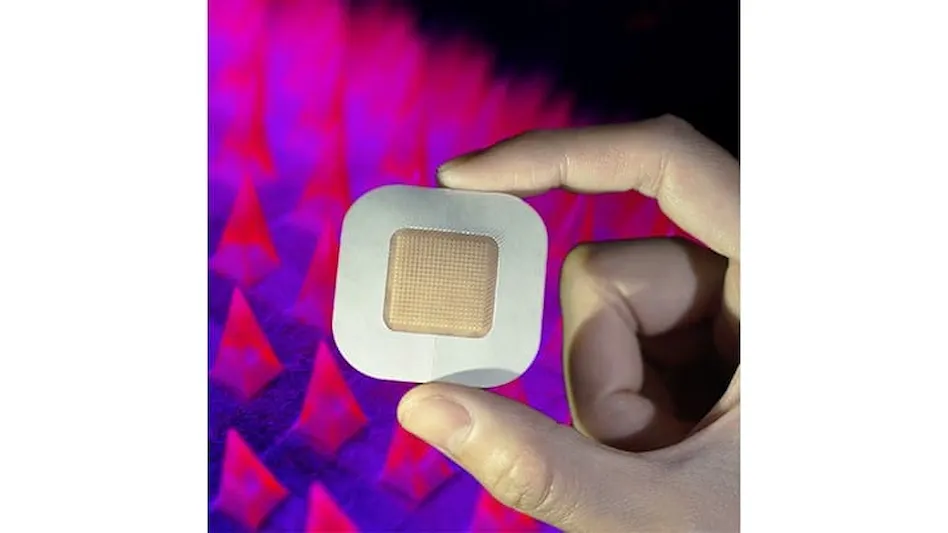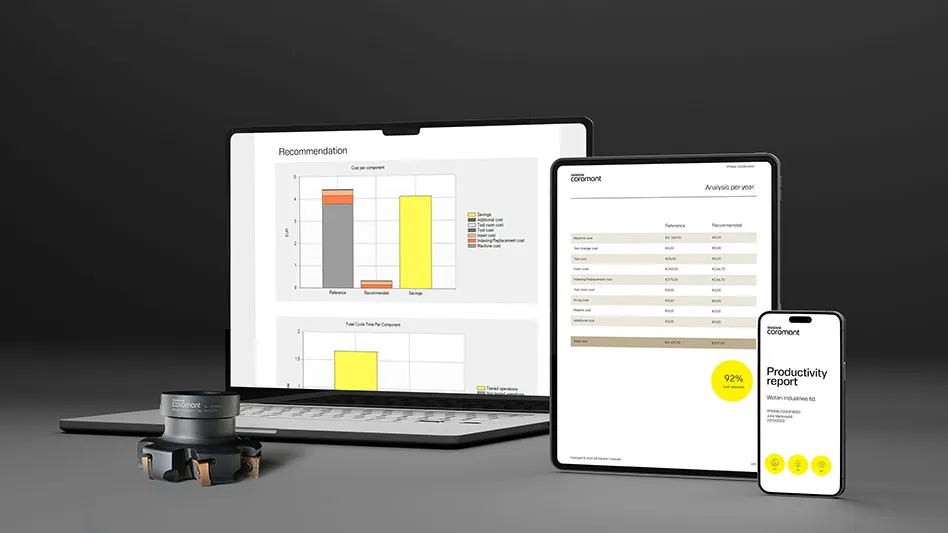
Credit: Zhen Gu Lab, UCLA
UCLA bioengineers and colleagues at UNC School of Medicine and MIT have further developed a smart insulin-delivery patch that could one day monitor and manage glucose levels in diabetics and deliver the necessary insulin dosage. The adhesive patch, about the size of a quarter, is simple to manufacture and intended for once-a-day use.
The research team, led by Zhen Gu, PhD, professor of bioengineering at the UCLA Samueli School of Engineering, is applying for FDA approval of clinical trials in humans. Gu and colleagues conducted the initial successful tests of the smart insulin patch in mice in 2015 in North Carolina.
"Our main goal is to enhance health and improve the quality of life for people who have diabetes," says Gu, a former professor in the UNC/NCSU Joint Department of Biomedical Engineering. "This smart patch takes away the need to constantly check one's blood sugar and then inject insulin if and when it's needed. It mimics the regulatory function of the pancreas but in a way that's easy to use."
The adhesive patch monitors blood sugar, or glucose. It has doses of insulin pre-loaded in very tiny microneedles, less than 1mm in length that deliver medicine quickly when the blood sugar levels reach a certain threshold. When blood sugar returns to normal, the patch's insulin delivery also slows down. The researchers said the advantage is that it can help prevent overdosing of insulin, which can lead to hypoglycemia, seizures, coma, or even death.
"It has always been a dream to achieve insulin-delivery in a smart and convenient manner," says study co-author John Buse, MD, PhD, director of the UNC Diabetes Center and the North Carolina Translational and Clinical Sciences (NC TraCS) Institute at the University of North Carolina at Chapel Hill School of Medicine. "This smart insulin patch, if proven safe and effective in human trials, would revolutionize the patient experience of diabetes care."
Treatment for diabetes hasn't changed much in decades in most of the world. Patients with diabetes draw their blood using a device that measures glucose levels. They then self-administer a necessary dose of insulin. The insulin can be injected with a needle and syringe, a pen-like device, or delivered by an insulin pump, which is a portable cellphone-sized instrument attached to the body through a tube with a needle on the end. A smart insulin patch would sense the need for insulin and deliver it.
The microneedles used in the patch are made with a glucose-sensing polymer that's encapsulated with insulin. Once applied on the skin, the microneedles penetrate under the skin and can sense blood sugar levels. If glucose levels go up, the polymer is triggered to release the insulin. Each microneedle is smaller than a regular needle used to draw blood and do not reach as deeply, so the patch is less painful than a pin prick. Each microneedle penetrates about a half millimeter below the skin, which is sufficient to deliver insulin into the body.
"I am glad the team could bring this smart insulin patch one more step close to reality, and we look forward to hopefully seeing it move forward to someday help people with diabetes," says Robert Langer, ScD, the David H. Koch Institute Professor at MIT and one of the paper's co-authors.
The technology has been accepted into the U.S. Food and Drug Administration's Emerging Technology Program, which provides assistance to companies during the regulatory process. The researchers are applying for FDA approval for human clinical trials, which they anticipate could start within a few years. The team envisioned that the smart microneedle patch could be adapted with different drugs to manage other medical conditions as well.
Latest from Today's Medical Developments
- Tsugami America’s Technical Center in Minnesota
- RobOps Copilot for AI-powered robot optimization
- US companies invest heavily in robots
- #34 Lunch + Learn Podcast - Cobots' potential to revolutionize aerospace manufacturing with Techman Robots
- Universal Robots announces seamless integration with Siemens PLCs
- This month's Manufacturing Lunch + Learn is May 16
- Ultrahuman wearable technology
- Additive Manufacturing for Aircraft Cockpit Interior Components





